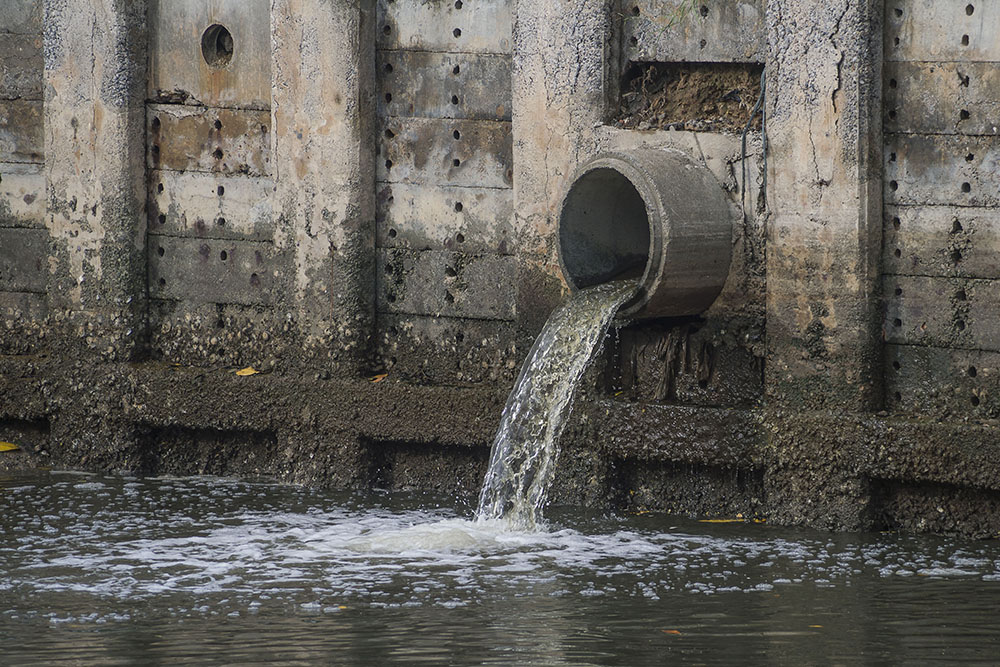
Many of Michigan’s urban and suburban areas expanded rapidly between the 1920s and the 1950s — an era with different priorities for water management. Many of Michigan’s water systems were originally built as combined systems, meaning the pipes carried both stormwater and wastewater. These systems simply discharged all water directly into local lakes, rivers, and streams, without treatment. Wastewater treatment centers were built later, and the combined sewer pipes were redirected there for the water to be processed before being released back into the water table. Starting in the mid-1950s, best practices changed. Systems built after that generally had separated systems, where stormwater and wastewater used separate pipes entirely.
Michigan, however, still has many municipalities that have outdated combined sewer systems. The biggest problem with combined systems is that during rainfall events the water flow often exceeds the systems' capacity. When the systems’ capacity is exceeded, the water is discharged directly into local waters without treatment. This polluted water carries with it bacteria, chemicals, and other pollutants that harm our rivers, streams and public health. These combined sewer overflows (CSOs) contribute an average of 5.7 billion gallons of raw sewage into our Michigan waterways annually. The numbers are even worse if we include partially treated sewage. In August of 2014, an extreme 2-day rain storm in southeast Michigan caused 10 billion gallons of raw and partially-treated sewage to overflow from combined sewer systems, flooding basements and polluting waterways.
There is a solution to this problem, and it is a solution that several municipalities in Michigan have pursued already. The city of Grand Rapids, for instance, finished separating their sanitary sewer pipes from storm sewer pipes- a project which began in 1991 and ended in 2015. Altogether, the project in Grand Rapids cost $400 million (which was mostly paid for by municipal bond). The project created hundreds of good-paying jobs, and most importantly, stopped the annual flow of millions of gallons of raw sewage into the Grand River and Lake Michigan. As of 2019, more than 60 Michigan communities have replaced this old infrastructure, but that’s not enough to protect our health and ecosystems.
We believe water infrastructure investments are essential for the future of our state and the protection of our Great Lakes. Separating sewer systems only gets more expensive the longer we wait, both in financial terms and in terms of the costly impact on our water and public health. The state of Michigan needs to stop kicking the can down the road when it comes to water infrastructure. Funding our cities, townships, and counties to deal with this problem now is more cost effective than waiting and will ensure protection of public health and our water future.
